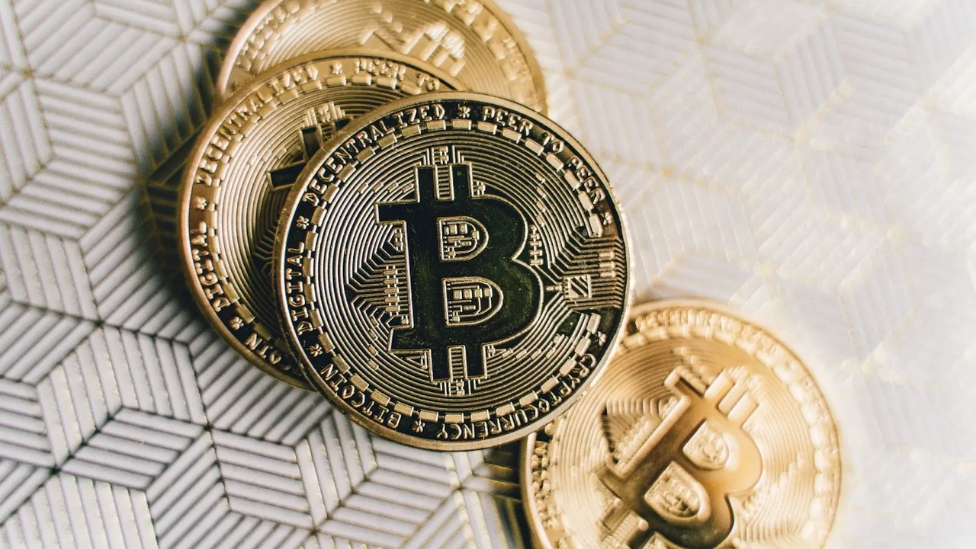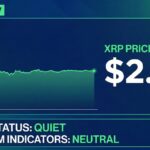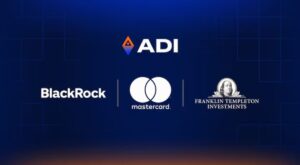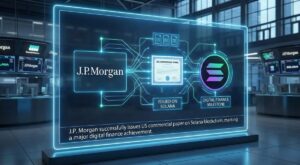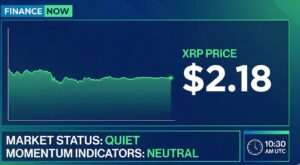Bitcoin has not only set trends by launching a rush of cryptocurrencies based on a decentralized peer network, but it has also established itself as the industry standard, spawning an ever-expanding army of imitators and offshoots.
The group of cryptocurrencies modeled after Bitcoin is referred to as altcoins, and some have attempted to position themselves as enhanced or modified versions of Bitcoin.
This article will examine the most recent Bitcoin alternative, Bitcoin Spark (BTCS). With additions that address its flaws, it expands on the goals of Bitcoin’s inventor. Bitcoin Spark is also introducing innovative solutions to crypto mining and other features that can make cryptocurrencies more accessible than ever before. Find out more below!
Features of Bitcoin Spark as a Bitcoin Alternative
The Bitcoin Spark network enables faster and cheaper transactions by decreasing the time taken to process a block, enhancing the capabilities of each individual block, and having a substantially bigger number of nodes.
A smart contract layer is one of the architecture layers that the network is constructed. This layer will support creating applications in various languages, including Rust and EVM-compatible ones like Solidity and Vyper. This multi-layered strategy makes additional use cases for the BTCS coin while ensuring scalability.
Additionally, with the help of the cutting-edge Bitcoin alternative Bitcoin Spark, users can mine BTCS tokens on their mobile devices.
The cost of mining equipment and electricity is one of the biggest obstacles for aspiring Bitcoin miners.
But now that Bitcoin Spark is available, anyone can start mining bitcoins with their smartphone. Anyone interested in Bitcoin mining but needs more resources to get started has access to this rare opportunity. In addition, Bitcoin Spark helps to increase accessibility in crypto mining. This means that users can mine BTC anywhere if they have the internet.
Now that BTCS has adopted a revolutionary consensus mechanism, Proof-of-Process (PoP), unlike Bitcoin and Bitcoin Cash, anyone can participate in the mining process.
PoP rewards miners and validators for validating blocks and supplying processing power for computational activities by combining Proof-of-Work (PoW) and Proof-of-Stake (PoS) components. The Proof-of-Process is combined with a special algorithm in Bitcoin Spark to ensure that rewards are distributed equally among network users and that the network remains stable. This algorithm restricts linear payouts on raw processing power or stake size.
Bitcoin Spark’s two main revenue sources include CPU renting and advertising. This concept supports a variety of revenue streams. Users can rent out their processing power, offer services to businesses and people for projects like video rendering, manage shared resource servers, and conduct simulations that demand a lot of resources.
Meanwhile, the Bitcoin Spark Initial Coin Offering (ICO) began on August 1st, with BTCS priced at $1.50. The ICO gave investors several advantages, such as token bonuses and possible gains by launch day. The lofty goals, robust technology, and ability to emulate its predecessors have raised expectations for Bitcoin Spark’s initial coin offering (ICO).

